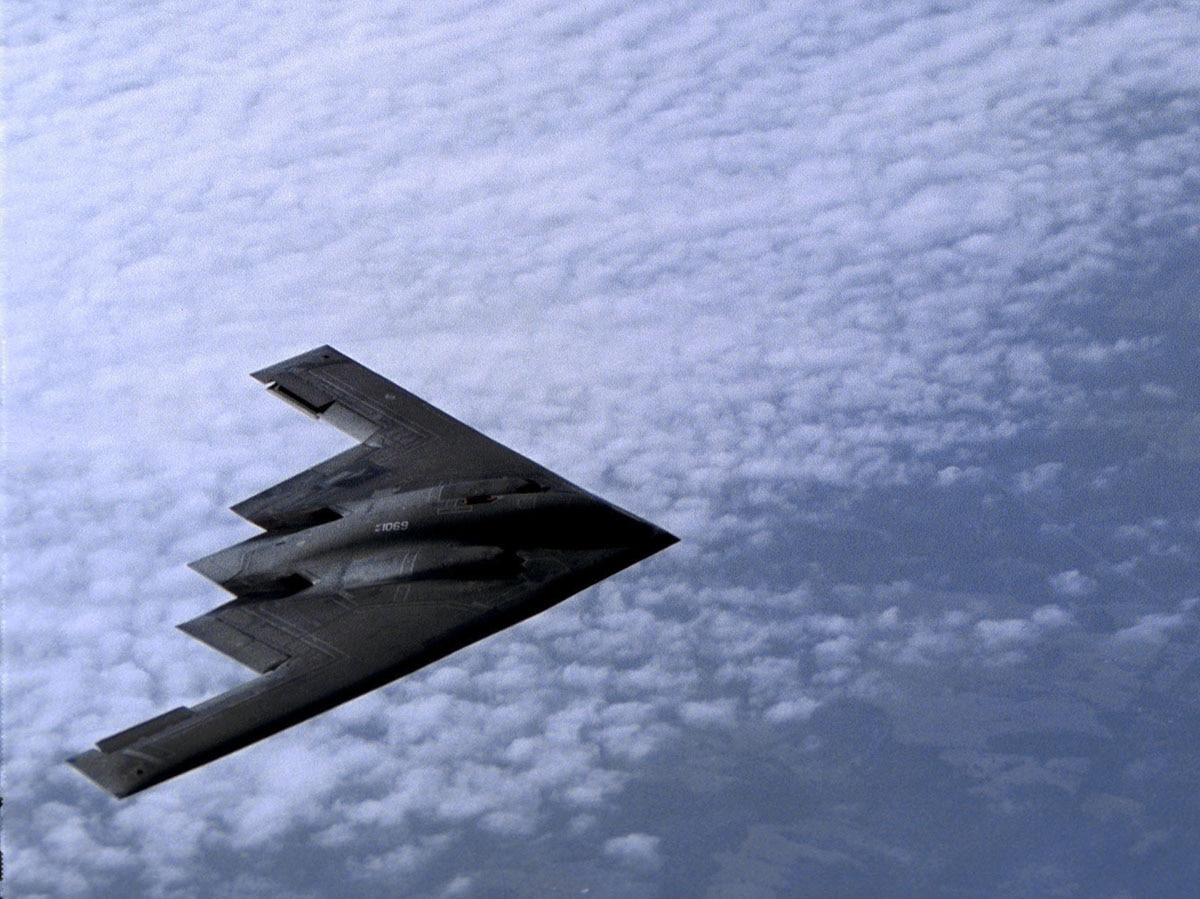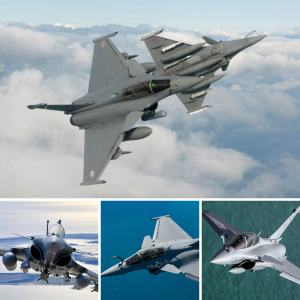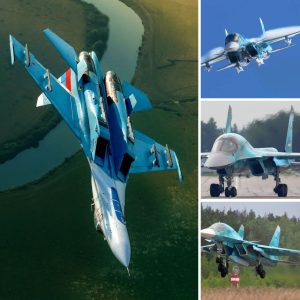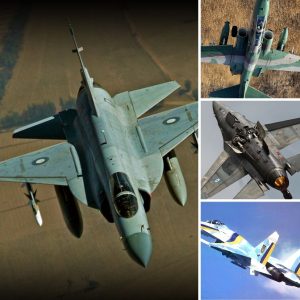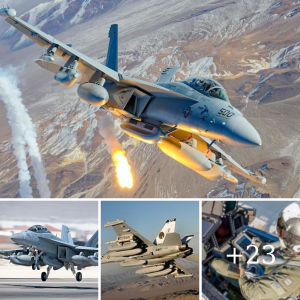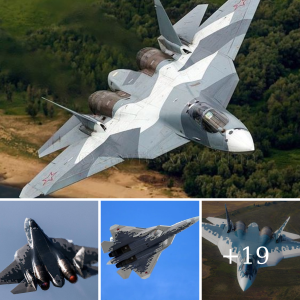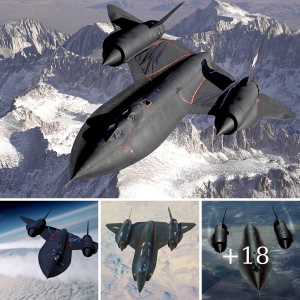The B-2 Spirit, often referred to simply as the B-2, is more than just a military aircraft—it’s an icon of modern warfare, a symbol of technological innovation, and a testament to human ingenuity. Since its introduction into the United States Air Force in the late 20th century, the B-2 has captivated the world with its sleek design, stealth capabilities, and unparalleled strategic importance.

A Stealthy Beginning
Unveiled to the public in 1988, the B-2 Spirit was born out of the Cold War, a period defined by an arms race between the United States and the Soviet Union. The goal was to create an aircraft capable of penetrating the most sophisticated air defenses undetected, delivering a decisive blow anywhere in the world. The B-2’s development was shrouded in secrecy, with its exact capabilities and design details kept under wraps for years.
Revolutionary Design and Technology
What makes the B-2 truly remarkable is its design. The bomber’s distinctive flying wing shape is not just for aesthetics—it’s a key component of its stealth capabilities. This design minimizes radar cross-section, making the B-2 nearly invisible to radar detection. The aircraft’s surface is coated with radar-absorbing materials, further enhancing its ability to evade enemy defenses.
In addition to its stealth features, the B-2 is equipped with advanced avionics and computer systems that allow it to navigate and strike with pinpoint accuracy. It can carry both conventional and nuclear weapons, making it a versatile tool in the U.S. military’s arsenal. With a range of over 6,000 nautical miles without refueling, the B-2 can reach targets anywhere in the world, striking swiftly and silently.

Strategic Impact
The B-2 Spirit’s operational history is a testament to its strategic importance. Since its first combat use in the 1999 NATO intervention in Kosovo, the B-2 has played a critical role in several major conflicts, including the Iraq War and the War in Afghanistan. Its ability to deliver precision strikes while remaining undetected has made it a key asset in the United States’ ability to project power globally.
The psychological impact of the B-2 cannot be understated. Its mere presence in a conflict zone can be a deterrent, signaling to adversaries that the U.S. possesses unmatched aerial capabilities. The B-2’s ability to strike high-value targets with minimal risk to pilots has reshaped military strategies, emphasizing the importance of stealth and precision in modern warfare.
The Future of Stealth Bombing
As the B-2 approaches three decades of service, it remains a cornerstone of U.S. military power. However, the future of stealth bombing is already on the horizon. The B-21 Raider, a next-generation stealth bomber, is currently in development and is expected to complement and eventually replace the B-2. Yet, the B-2 Spirit will likely continue to serve for years to come, its legacy enduring as a pioneer in stealth technology and air dominance.
A Legacy of Innovation
The B-2 Spirit is more than just an aircraft; it’s a symbol of the relentless pursuit of innovation and superiority in the field of military aviation. Its combination of stealth, range, and precision has set the standard for future aircraft, and its impact on global security is immeasurable. As the world looks to the future of aerial warfare, the B-2 remains a reminder of the power of cutting-edge technology and the strategic advantage it brings.
In the annals of military history, the B-2 Spirit will forever be remembered as the aircraft that changed the game, a flying embodiment of the technological edge that defines modern warfare.
